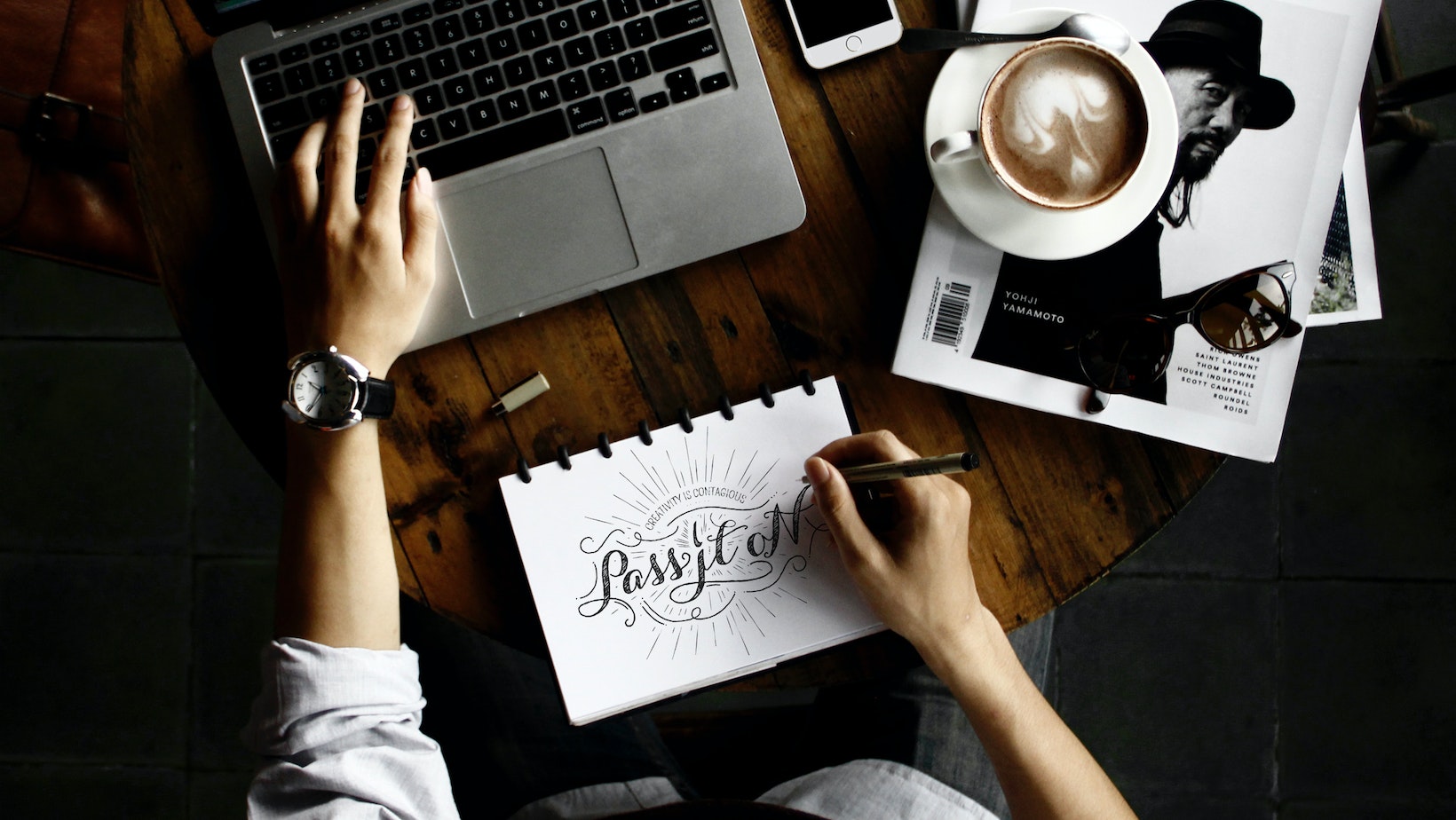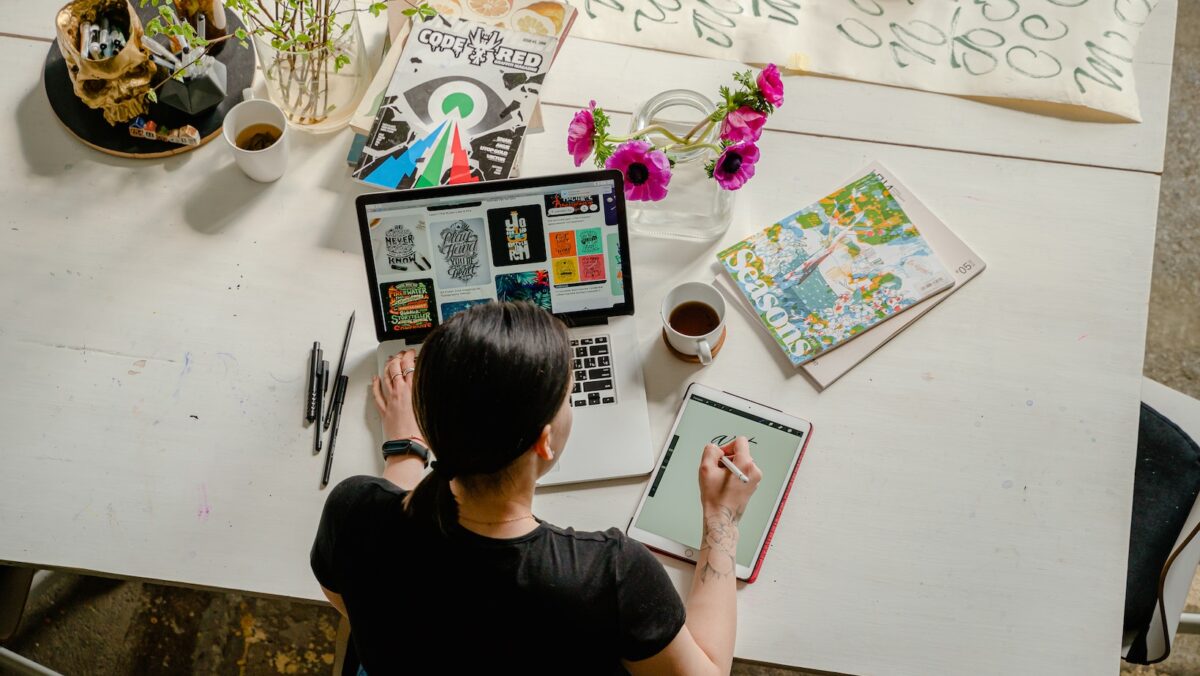How To Become A Visual Designer
Are you passionate about design? Do you have a keen eye for aesthetics and a flair for creativity? If so, then becoming a visual designer might be the perfect career path for you. In this article, I’ll share some valuable insights and tips on how to become a successful visual designer. From honing your skills to building a strong portfolio, I’ll guide you through the essential steps to kickstart your journey in the exciting world of visual design.
Visual design is a field that combines artistry and technical skills to create visually appealing and effective designs. Whether you’re interested in graphic design, web design, or user interface design, there are certain key steps you can take to become a visual designer. In this article, I’ll outline the fundamental skills you need to acquire, the educational options available, and the practical steps you can take to launch your career in this dynamic industry.
With the increasing demand for visually captivating content across various industries, visual designers are in high demand. However, breaking into the field of visual design requires more than just a passion for aesthetics. In this article, I’ll provide you with a roadmap to becoming a visual designer, including the necessary skills, tools, and resources you’ll need to succeed. From mastering design principles to staying up-to-date with the latest industry trends, I’ll help you navigate the path towards a rewarding career in visual design.

Skills Required for Visual Design
As a visual designer, there are several key skills that you need to excel in order to succeed in the field. These skills will not only help you create visually appealing designs but also enable you to effectively communicate ideas and messages through your work. Here are some essential skills required for visual design:
- Creativity: Visual design is a highly creative field, and having a strong sense of creativity is essential. You need to be able to think outside the box, come up with innovative ideas, and find unique ways to solve design problems.
- Typography: Typography is the art of arranging and designing typefaces. It is a crucial skill for visual designers as it helps create hierarchy, readability, and visual interest in a design. Good knowledge of different fonts, their characteristics, and how to pair them effectively is essential.
- Color Theory: Understanding color theory is crucial for visual designers. Colors have a significant impact on how people perceive and interpret designs. Having a solid understanding of color psychology, color harmonies, and how to use colors effectively can greatly enhance the visual impact of your designs.
- Layout and Composition: The way elements are arranged and organized in a design plays a vital role in its overall effectiveness. A visual designer should have a good understanding of layout principles, such as balance, alignment, and hierarchy, to create visually pleasing and well-structured designs.
- Software Skills: Proficiency in design software tools is a must for visual designers. Adobe Creative Suite, including Photoshop, Illustrator, and InDesign, is widely used in the industry. Being familiar with these tools and understanding their capabilities is essential for creating professional-quality designs.
- Attention to Detail: Visual designers need to have a keen eye for detail. Paying attention to small details, such as spacing, alignment, and consistency, can make a significant difference in the overall quality of a design.
Remember, these skills can be developed and honed over time through practice, experimentation, and continuous learning. By focusing on improving these skills, you can enhance your abilities as a visual designer and pave the way for a successful career in the field.

